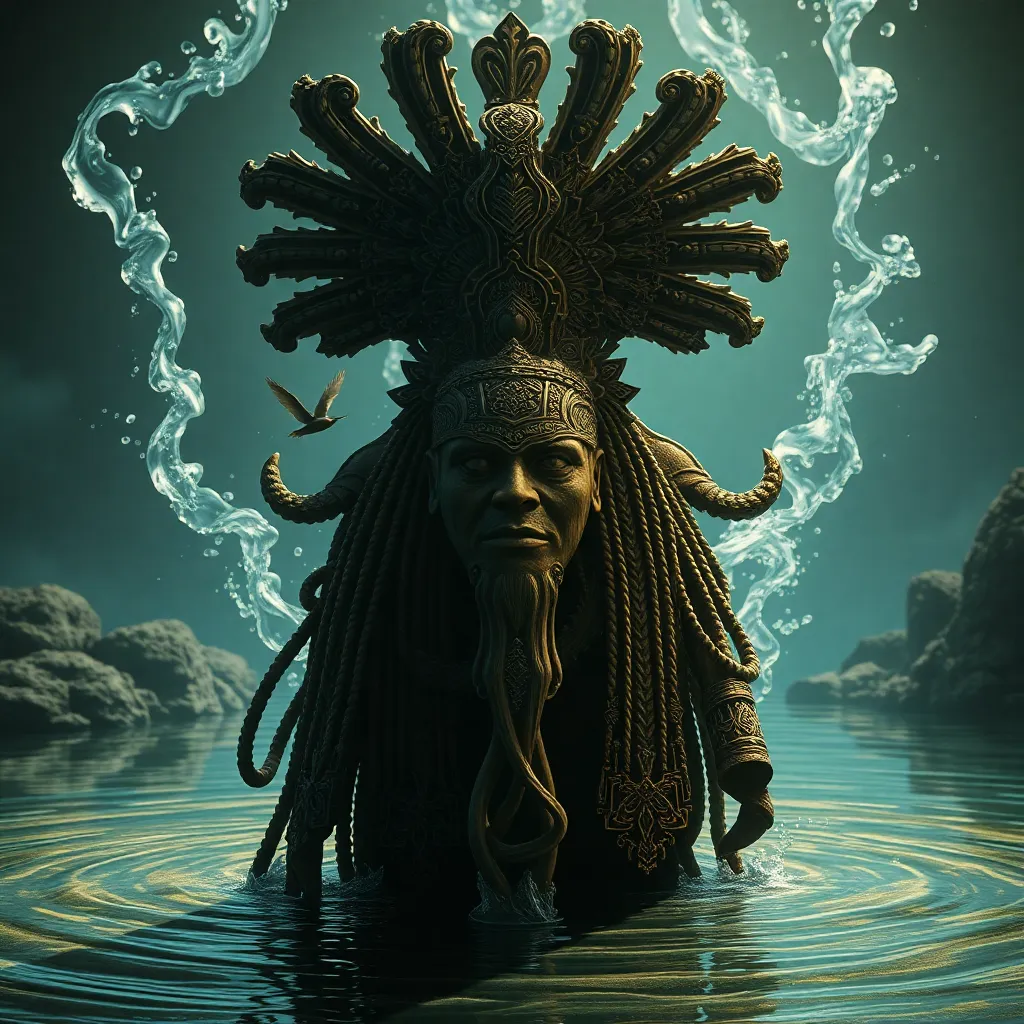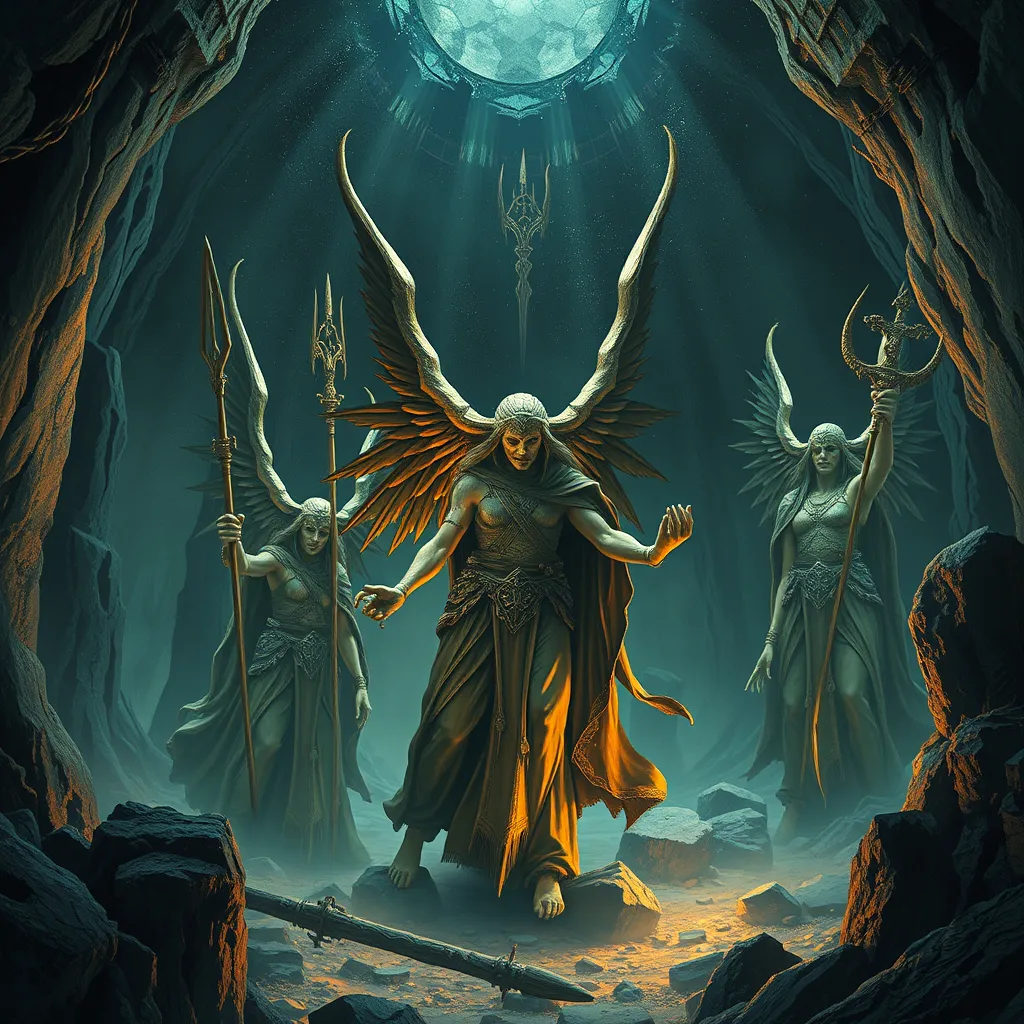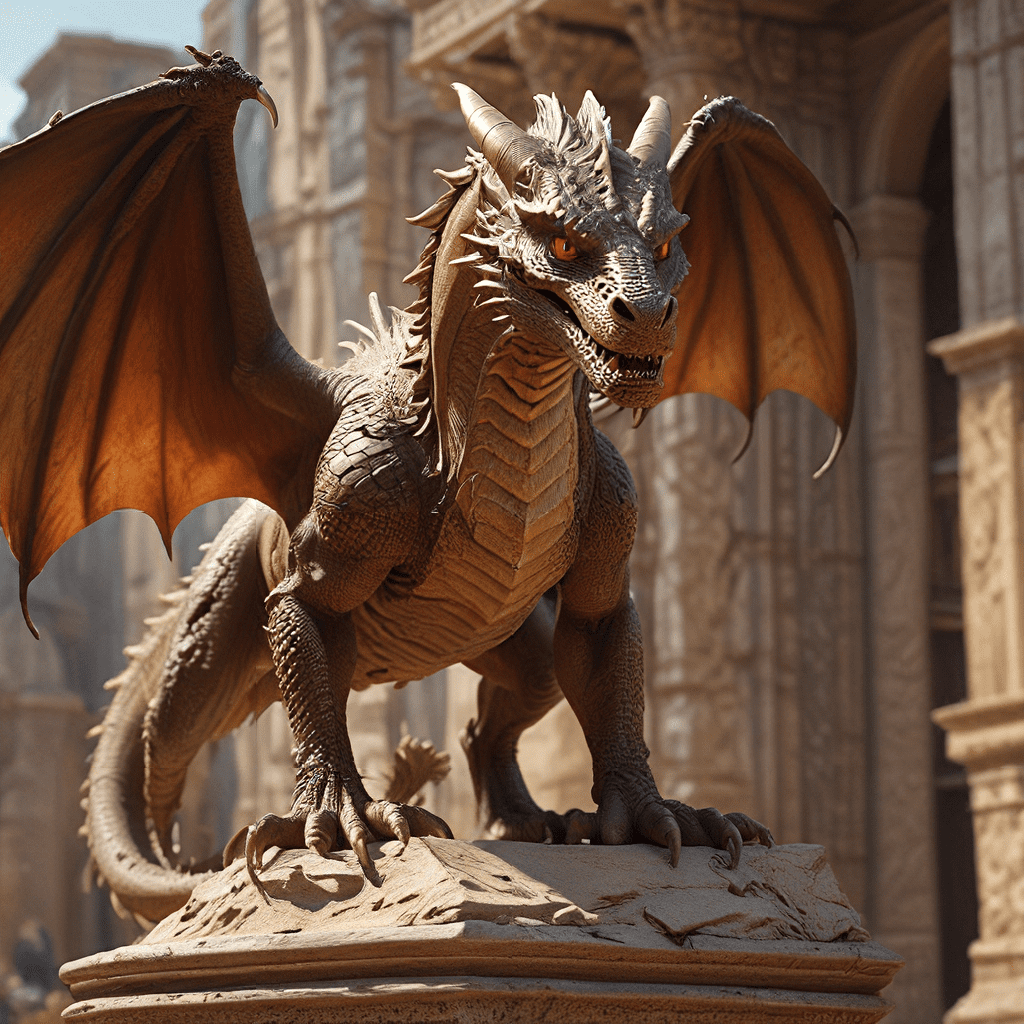The Ahuizotl: A Study of the Aztec Mythology of the Water Element
I. Introduction to Aztec Mythology
Aztec mythology is a rich tapestry of stories, beliefs, and deities that reflect the culture’s understanding of the world and its natural elements. Central to this cosmology is the belief in a multitude of gods and spirits associated with various aspects of life and nature, including the elements of earth, air, fire, and especially water.
Water held significant importance in Aztec culture, symbolizing both life and death. It was essential for agriculture, sustenance, and was often associated with various rituals and deities. Among these water deities, the Ahuizotl stands out as a fascinating figure, embodying both the nurturing and perilous aspects of water.
II. The Ahuizotl: Description and Characteristics
A. Physical appearance and features of the Ahuizotl
The Ahuizotl is often depicted as a creature resembling a dog or cat, but with certain distinctive features. It is described as having:
- A long, sleek body covered in dark fur
- A face that resembles that of a dog or a cat
- Hands and claws that allow it to grasp and pull its prey
- A long, flexible tail that ends in a hand-like appendage
This unique appearance emphasizes its dual nature, as both a familiar animal and a supernatural entity.
B. Behavior and temperament in myths
In myths, the Ahuizotl is often portrayed as a cunning and mischievous creature. It is known to lure unsuspecting victims to the water’s edge by imitating the sounds of a crying child or a puppy. Once its prey is close enough, the Ahuizotl strikes, dragging them into the depths of the water.
C. Symbolism associated with the Ahuizotl
The Ahuizotl symbolizes the duality of water: it is both a life-giving force and a source of danger. This duality reflects the way water is perceived in many cultures, embodying both sustenance and the potential for destruction.
III. The Origin of the Ahuizotl in Aztec Folklore
A. Historical accounts and sources of the Ahuizotl legend
The Ahuizotl appears in various historical accounts, notably in the writings of Spanish chroniclers who documented Aztec beliefs after the conquest. These accounts provide insight into how the Ahuizotl was perceived by both the Aztecs and the Europeans.
B. Variations of the myth across different regions
Different regions of Mesoamerica have variations of the Ahuizotl myth. In some stories, it is portrayed more as a protector of water bodies, while in others, it is a fierce adversary to those who disrespect nature.
C. The role of oral tradition in preserving the Ahuizotl’s story
The oral tradition played a crucial role in preserving the Ahuizotl’s story. Storytellers passed down the legends through generations, allowing the creature to maintain its significance in the cultural memory of the people.
IV. The Ahuizotl’s Role in Aztec Society
A. Significance of the Ahuizotl in rituals and ceremonies
The Ahuizotl was often invoked in rituals related to water and agriculture. Ceremonies aimed at ensuring good harvests and favorable weather would sometimes include offerings to appease this creature, hoping to avoid its wrath.
B. The Ahuizotl as a cautionary figure in folklore
The Ahuizotl served as a cautionary figure in Aztec folklore, warning people about the dangers of water. Stories of its predatory nature taught communities to be cautious near rivers and lakes, emphasizing respect for nature’s power.
C. Interactions between the Ahuizotl and humans
Interactions between the Ahuizotl and humans in mythology were often fraught with tension. While some stories depicted the creature as an adversary, others suggested that it could be appeased or even befriended through respect and offerings.
V. Symbolism of Water in Aztec Mythology
A. Water as a life-giving element
In Aztec mythology, water is fundamentally viewed as a source of life. It nourishes crops, sustains animals, and provides for human needs. The reverence for water is reflected in various deities that embody this essential resource.
B. The duality of water: nourishment and danger
While water is vital for life, it also has a darker side. Floods, droughts, and storms can devastate communities. This duality is captured in the figure of the Ahuizotl, representing both the nurturing and destructive aspects of water.
C. Connection between water deities and agriculture
Water deities in Aztec mythology are intricately linked to agriculture. The success of crops depended on the right balance of water, making these deities critical to the agricultural cycle.
VI. Comparative Analysis: The Ahuizotl and Other Water Deities
A. Similarities with other cultures’ water spirits
Similarities can be drawn between the Ahuizotl and water spirits in other cultures, such as the Celtic Selkie or the Slavic Vodnik. These beings often embody the dual nature of water, serving both as protectors and formidable foes.
B. Contrasts with figures like Tlaloc and Chalchiuhtlicue
In contrast to Tlaloc, the god of rain, and Chalchiuhtlicue, the goddess of rivers and streams, the Ahuizotl is more of a creature of caution and danger. While the former deities are revered and worshipped, the Ahuizotl serves as a reminder of the inherent risks associated with water.
C. The Ahuizotl’s unique place in the pantheon of Aztec deities
The Ahuizotl occupies a unique position in the Aztec pantheon, serving as both a guardian and a threat. Its complex nature reflects the multifaceted relationship the Aztecs had with water and their environment.
VII. The Ahuizotl in Modern Culture
A. Representation in contemporary literature and media
In modern literature and media, the Ahuizotl has been reimagined in various forms. It appears in fantasy novels, games, and films, often as a creature of intrigue that embodies the mysteries of water.
B. The Ahuizotl as a symbol of environmental awareness
Today, the Ahuizotl can be seen as a symbol for environmental awareness, highlighting the need to respect and protect water sources. Its cautionary tale resonates with contemporary issues surrounding water conservation and ecological balance.
C. Continuing interest in Aztec mythology and its relevance today
The enduring interest in Aztec mythology, including figures like the Ahuizotl, reflects a broader fascination with ancient cultures and their understanding of the natural world. These myths provide valuable lessons that remain relevant in today’s society.
VIII. Conclusion: The Legacy of the Ahuizotl
A. Summary of the Ahuizotl’s significance in Aztec mythology
The Ahuizotl serves as a captivating example of the complexities found within Aztec mythology. It reflects the importance of water as a life-giving element while also embodying the potential for danger that comes with it.
B. Reflection on the enduring nature of myth and folklore
Myths like that of the Ahuizotl endure because they encapsulate universal themes of nature, respect, and the duality of existence. They remind us of the lessons our ancestors imparted through storytelling.
C. The Ahuizotl’s place in the broader context of world mythology
As a figure in the vast landscape of world mythology, the Ahuizotl illustrates how different cultures interpret and personify the natural forces around them. Its story continues to resonate, reminding us of our connection to the elements and the need for harmony with nature.



